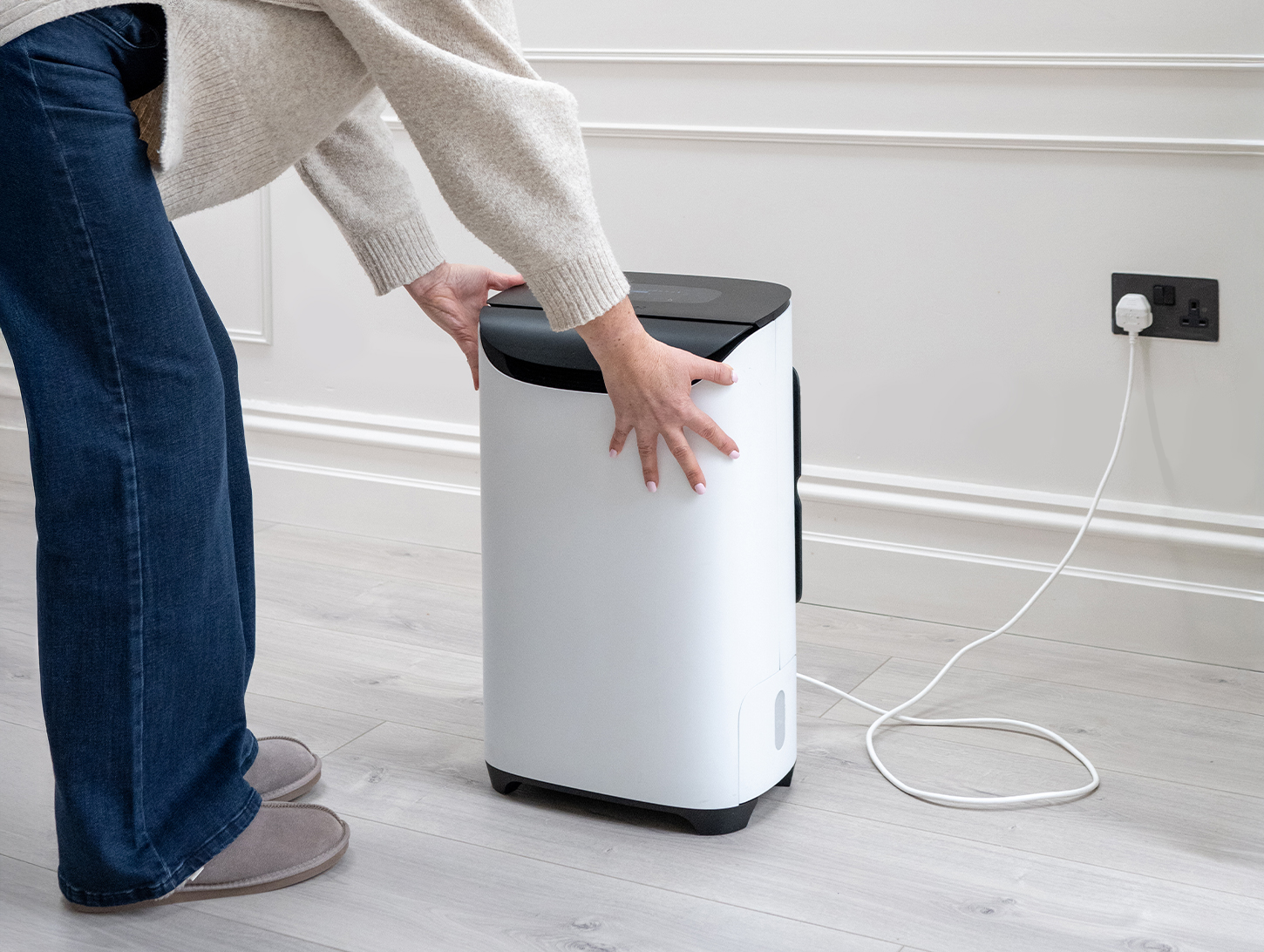The UK is experiencing a particularly cold spell with the return of the Beast from the East, with temperatures dropping as low as -17 degrees in some parts. With the fall in temperature, the combination of the cold weather and central heating also causes low humidity, creating dry air conditions in our homes. Chris Michael, MD at leading UK air treatment manufacturer Meaco, outlines the main signs of low humidity to look out for, and what to do about it.
Most people do not realise, but the development of a dry cough, sore throat, cracked lips, and itchy eyes are all signs of dry air in a home. Moisturisers will not stop dry air pulling moisture from your skin causing dryness and irritation. As well as being uncomfortable, this can lead to more complicated health problems particularly for those with respiratory conditions and allergies.

It’s not only the health of people that can be adversely affected from dry air. The fabric of a home can be damaged. Dry air can cause the sudden appearance of cracks in wooden furniture, which can also apply to valuable possessions such as antiques and musical instruments.
If you start to experience static shocks in the home, it is a sign that humidity is below 30%, a level which will start to feel uncomfortable. Wilting plants may also be a sign that there is not enough moisture in the air.

One solution is to introduce a humidifier to your home. A humidifier works by adding moisture to the air to help prevent these problems. A humidifier allows more moisture into a person’s airways so relieving a dry cough, and eases some of the symptoms caused by ‘flu or the common cold. It has been suggested that humidity levels above 40 percent* rapidly deactivate virus particles, making them much less likely to be infectious.
Our Meaco Deluxe 202 Humidifier and Air Purifier allows more moisture into your environment.
A humidifier can be used to complement your healthy skin and beauty regime, curbing some of the dryness and irritation that comes with cold weather. Many celebrities* around the word are turning to them to improve their complexions, and voices.
Some of the less well-known benefits of using a humidifier are that it can help with snoring. If the air is dry, a person’s airways are less likely to be sufficiently lubricated, leading to snoring. Adding humidity to the air by running a humidifier at night may help to relieve some symptoms.
Meaco has been dealing with regulating the level of moisture in the air since 1991, first in museums and art galleries and then in people’s homes, and recently launched the Meaco Deluxe 202 Humidifier. It works by using ultrasonic micro-vibrations splitting the water into very small droplets that are fanned into the air, creating a pleasant, warm or cooled visible mist. It is this gentle mist that helps remedy the problems caused by dry air.

A HEPA filter removes physical allergens from the air and a charcoal filter removes odours. An inbuilt aroma diffuser allows a person to add a favourite essence to the air, while an ioniser keeps the air fresh. The water is cleaned by an ultraviolet lamp prior to humidification so ensuring the humidified air that is breathed in has been sterilised first. This unique combination of sterilisation of the water before humidification and the HEPA and charcoal cleaning the air, makes the Meaco Deluxe 202 Humidifier well placed for providing a clean air solution for a wide range of users. Finally, having cleaned the air and softened and cleaned the water the mist spray can be ionised to help clean the air further.
Built to very high standards with a pleasing, simple digital display, the Meaco Deluxe 202 Humidifier has a hard water filter to remove limescale and two directional nozzles to reduce the chances of condensation from forming in front of the humidifier. Low noise levels and a night mode helps you fall asleep peacefully, particularly useful for young children suffering from colds.
*https://www.cbsnews.com/pictures/celebrity-sleep-secrets-what-stars-do-in-bed/8/
**https://journals.plos.org/plosone/article?id=10.1371/journal.pone.0057485
Products featured: Meaco Deluxe 202 Humidifier and Air Purifier






